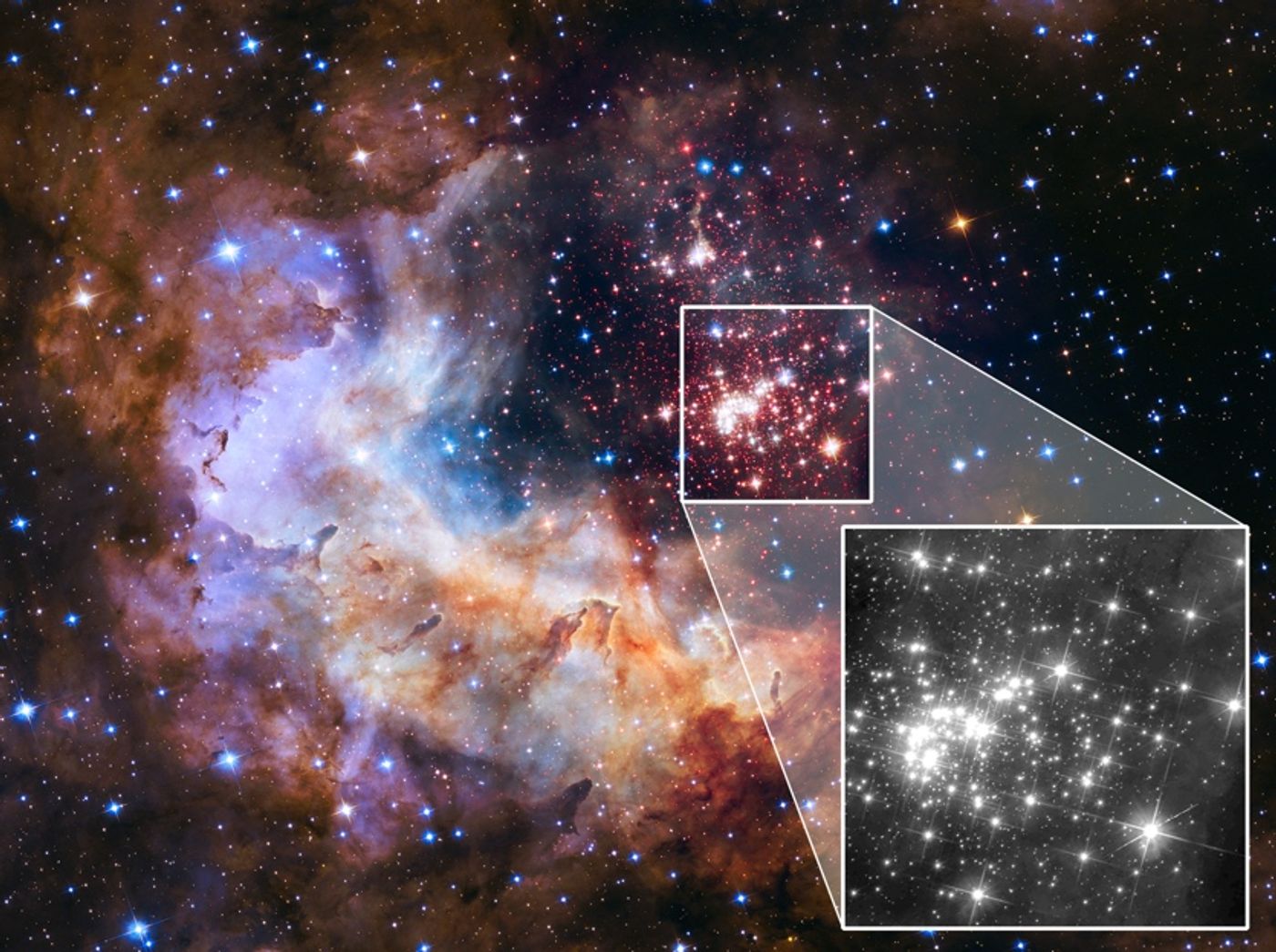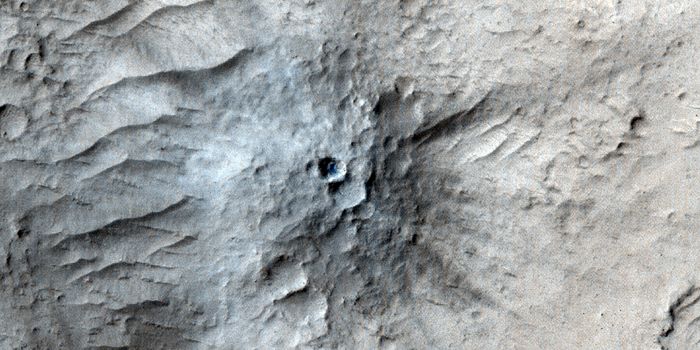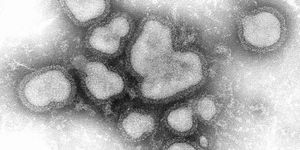When One Eye in the Sky Isn't Enough...
Although the James Webb Space Telescope (JWST) will become Hubble’s successor, that’s not to say that it will become a replacement. It won’t see things in the same light spectrum that Hubble does, so it’s reasonable to conclude that the latter could still be of use to us.
Hubble uses both the ultraviolet and near-infrared light spectrums to make observations, but the JWST will investigate celestial objects only in infrared and with much higher detail. That said, NASA wants to use both telescopes in tandem with one another to view outer space in ways we've never done before.
Image Credit: NASA, ESA, the Hubble Heritage Team (STScI/AURA), A. Nota (ESA/STScI), E. Sabbi (ESA/STScI), and the Westerlund 2 Science Team
“Using multiple observatories to analyze the same objects can identify aspects of those objects that using one observatory alone cannot,” NASA explained in a public statement
“Hubble is able to see parts of the visible-light spectrum that Webb is not able to observe, and so it can fill potential observational gaps. For example, Hubble can examine exoplanets in light across the full electromagnetic spectrum available to it, with emphasis on the ultraviolet and blue wavelengths. Coupled with Webb’s infrared capabilities, both telescopes will deliver a more complete picture of the exoplanet systems.”
Results obtained by both telescopes will teach us more about distant objects, like star systems and the various exoplanets they could be concealing. The fine-grained details we uncover could conceivably help us recognize a distant exoplanet’s habitability aspect, among other things.
Related: The James Webb Space Telescope could help us learn more about the Proxima b system
On the other hand, observations won't stop at exoplanets. NASA also plans to use the JWST to learn more about how stars are born. Of particular interest is a star cluster dubbed Westerlund 2, which exists almost 20,000 light years away from our planet in the constellation Carina. A closer look might help us better understand how young stars form so that scientists can perfect their scientific hypotheses.
As of right now, the JWST continues to undergo cryogenic testing within NASA’s historic air-tight Chamber A at the agency's Johnson Space Center. In fact, NASA performed a primary mirror alignment test inside the chamber just a couple of weeks ago.
Because the JWST isn’t complete just yet, it’ll be a while before it launches and opens its eyes to the cosmos. A launch isn't expected until late 2018 or early 2019, so Hubble is getting a head start and glimpsing at points of interest in the meantime.
40 different observation requests have made it through NASA’s approval process so far, and more submitted all the time. With that in mind, the studies Hubble and James Webb could collaborate on together are theoretically boundless.
It should be interesting to see what kinds of striking new revelations astronomers will make when both telescopes are officially working collectively. For now, however, it's a waiting game.
Source: NASA









